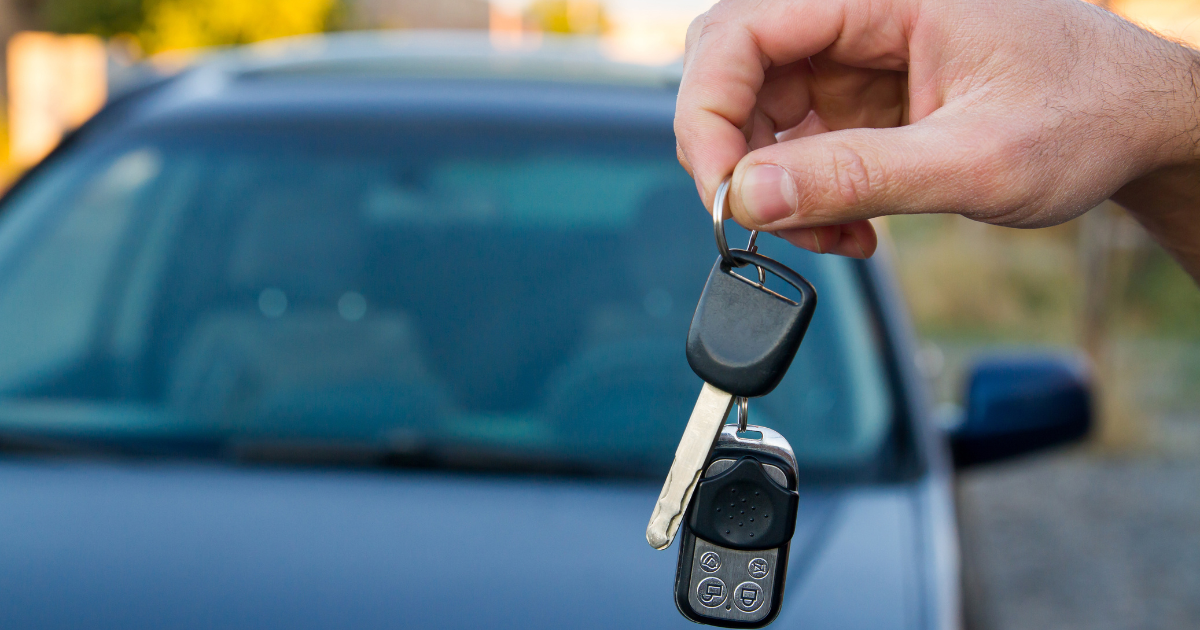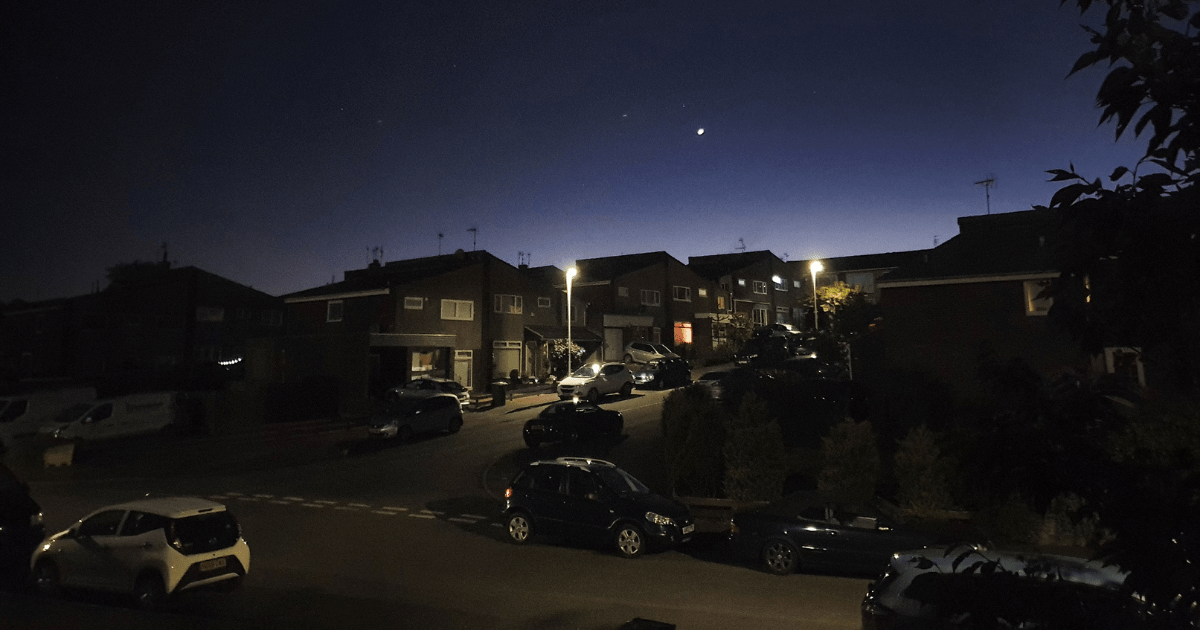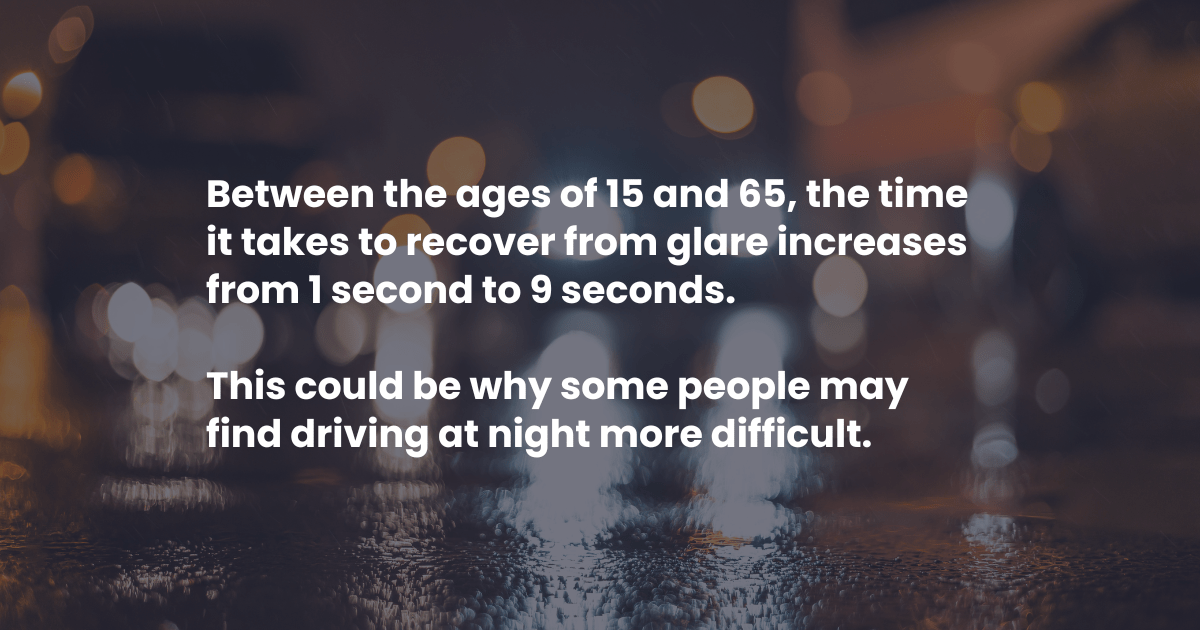
Should I Buy A New Or Used Car?
Should you buy a new or used car? We break down costs, depreciation, insurance, and reliability to help you make the best choice.
Driving at night can be a daunting experience, especially for new or learner drivers. Reduced visibility, fewer road users, and the potential for fatigue makes driving in the dark a unique challenge that requires caution and preparation. Whether you’re commuting home after a long day or heading out on a road trip, being aware of the dangers associated with night-time driving is essential.
For learner drivers or those with less experience, night driving tips can make all the difference in staying safe and avoiding accidents. With proper precautions and understanding of how driving in the dark differs from driving during the day, you can greatly improve your confidence and skills. This guide will walk you through the importance of driving safely in the dark, along with actionable tips to keep you safe as we approach winter and back-to-back months of dark nights.
Here are five reasons why it’s important to take extra care when driving in the dark:
Reduced Visibility: Without the natural light of day, it’s harder to see potential hazards like pedestrians, cyclists, and animals.
Increased Fatigue: Driving at night can make you more tired, increasing your risk of falling asleep at the wheel or reacting slower in emergencies.
Blinding Headlights: The glare from oncoming vehicle headlights can temporarily blind you, reducing your visibility of the road.
Unexpected Road Conditions: Roads may be less familiar or poorly lit, making it difficult to anticipate curves, turns, or roadworks ahead.
Increased Likelihood of Impaired Drivers: The number of intoxicated or distracted drivers tends to be higher at night, adding to the dangers of night-time driving.

When driving at night, even small distractions can have bigger consequences than they would during the day. Peripheral vision and depth perception are significantly reduced in low-light conditions, which makes hazards less visible and gives you less time to react. For instance, a pedestrian crossing the street might only be noticed when it’s almost too late to stop safely.
Moreover, night-time driving often coincides with fatigue. Whether it’s a long journey after work or a late-night drive, tiredness can impair your ability to focus, making it difficult to maintain control of your vehicle. Glare from dashboard lights or oncoming traffic can also reduce your ability to clearly see what’s ahead.
For learner drivers or those unfamiliar with driving in dark conditions, it’s crucial to develop good habits early on. These habits include maintaining a steady focus, minimizing distractions, and ensuring that you’re fully alert. If driving in the dark feels intimidating, that’s natural, but preparation and awareness can help you become a more confident night-time driver over time.

Source: https://www.rospa.com/policy/road-safety/advice/drivers/driving-at-night
Here are 10 tips that will help you drive safely in the dark:
Check Your Headlights Regularly: Ensure that your car’s headlights are clean and functioning correctly. Dirt and grime can reduce their effectiveness, and broken lights mean other drivers may not see you properly.
Use High Beams When Appropriate: High beams are essential for illuminating dark rural roads, but they should never be used when following another vehicle or when there’s oncoming traffic.
Adjust Your Speed: Driving slower at night allows you to spot hazards earlier and react more quickly. In low-light conditions, it’s harder to judge speed and distance, so reducing speed helps you stay in control.
Increase Following Distance: Leave a greater distance between you and the car in front to allow more time to react to sudden stops or obstacles.
Keep Your Windshield and Mirrors Clean: Smudges or dirt on your windshield and mirrors can scatter light from headlights, making it harder to see.
Avoid Looking at Oncoming Headlights: To avoid being temporarily blinded, try to avoid solely focussing on oncoming traffic. This can help you maintain your lane without being affected by the glare.
Take Breaks to Combat Fatigue: If you start feeling tired, pull over and take a break. Driving while tired is extremely dangerous, especially at night.
Use Fog Lights in Low Visibility: Fog lights can improve visibility during foggy or misty conditions. Make sure they are used correctly and turned off when visibility improves.
Stay Alert at Junctions: Junctions can be particularly hazardous at night, as it’s more difficult to see pedestrians, cyclists, or other vehicles approaching.
Be Visible to Other Drivers: Use your car’s lights and indicators to signal your intentions clearly. Ensure that your indicators, brake lights, and hazard lights are all functioning correctly.

Driving when it’s dark can expose you to various hazards that may not be as prevalent during the day. Whether it’s dealing with tired drivers or low visibility, it’s important to be aware of the specific risks that come with night-time driving. Here are some of the most common hazards:
Wildlife on the Road: Many animals are more active at night, particularly in rural areas. Hitting an animal can cause significant damage to your vehicle, so be especially cautious.
Poorly Lit Areas: Street lighting can be inconsistent in some areas, leading to sudden patches of darkness where it’s harder to spot pedestrians, cyclists, or debris on the road.
Poorly Maintained Roads: Driving at night makes it harder to spot potholes, cracks, or uneven surfaces on poorly maintained roads. These road imperfections can cause sudden jolts, damage to your vehicle, or even loss of control if you’re not prepared, especially in areas with limited street lighting.
Sudden Weather Changes: Night-time can bring sudden fog, rain, or frost, which affects visibility and road conditions. Always be prepared for the weather to shift quickly when driving after dark.
Streetlights and Reflections: Artificial lighting and reflective surfaces can create confusing visual effects. This may cause you to misjudge distances or miss important signals like traffic lights or signs.
Driving safely in the dark requires heightened awareness, patience, and preparation. The risks associated with night-time driving, such as reduced visibility, increased fatigue, and other drivers’ potential impairments, make it crucial to apply extra caution. By following the tips and advice provided here, you can ensure you’re driving safely and confidently when the sun goes down.
For learner drivers, mastering night-time driving skills is an essential part of becoming a competent and safe driver. By understanding the challenges and adopting proactive driving habits, you can greatly reduce the risks involved with driving in the dark. Remember, being prepared and staying focused are key to safe driving when it’s dark.
Commonly asked questions about driving in the dark
To stay alert when driving in the dark, make sure you’re well-rested before setting off. If you feel tired during your journey, take breaks to refresh yourself. Staying hydrated and ensuring good ventilation in your car can also help combat fatigue.
Yes, it’s important for learner drivers to practice driving in the dark as part of their overall training. Driving in different conditions, including at night, prepares new drivers for real-world situations and builds their confidence on the road.
To reduce glare from oncoming headlights, avoid looking directly at the light. Instead, focus on the whole road ahead, and keep your windshield clean to minimise reflections.
At night, it’s recommended to increase your following distance to allow more time to react to sudden stops. This is especially important due to reduced visibility and slower reaction times in the dark. In normal driving conditions, it’s important to adhere to the ‘two second rule’ however it’s advised to increase this when driving in the dark as visibility is reduced.
Yes, driving slowly at night gives you more time to react to hazards and account for reduced visibility. Lowering your speed ensures you can stop safely if an obstacle appears suddenly in the road.
You will be logged out in seconds. Do you want to stay signed in?